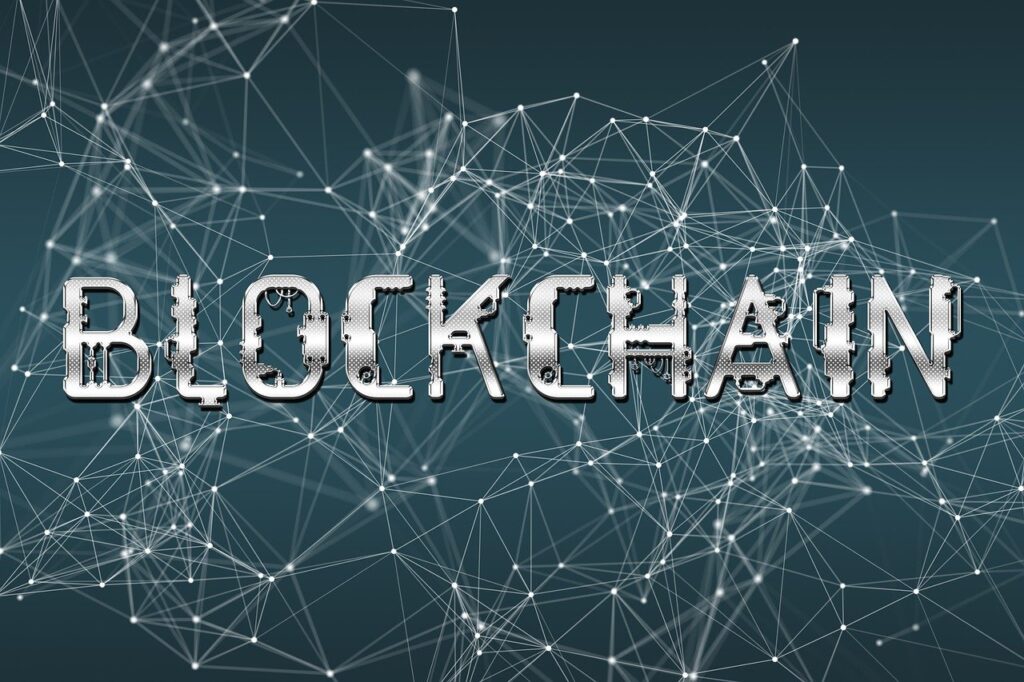
Blockchain technology is a term you’ve likely heard, but still may seem a bit confusing.
Imagine it as a digital ledger that keeps track of transactions securely and transparently.
Think of it like a family diary that records every event but can’t be altered once something is written down.
Let’s explore how blockchain works and how it is used in your daily life.
What is Blockchain?
Blockchain is a system of recording information in a way that makes it difficult or impossible to change, hack, or cheat the system.
It consists of blocks of data linked together in chronological order, forming a chain.
Each block contains a record of transactions, and once a block is added to the chain, it cannot be altered without altering all subsequent blocks, which makes it highly secure.
The Origin of Blockchain
Blockchain technology was introduced in 2008 by an unknown person or group of people using the name Satoshi Nakamoto.
It was originally developed as the underlying technology for Bitcoin, the first cryptocurrency.
Nakamoto’s goal was to create a decentralized digital currency that could operate without a central authority, making transactions secure, transparent, and tamper-proof .
Everyday Applications of Blockchain
Secure Banking and Finances
- How It Works: Blockchain ensures your money transactions are safe and cannot be tampered with. It’s like a digital vault that only you and the recipient can access.
- Impact on Family: It can reduce the risk of fraud and make online banking more secure. For example, when you transfer money to pay for your children’s school fees or buy groceries online, blockchain ensures these transactions are recorded accurately and securely.
Healthcare Records
- How It Works: Medical records stored on a blockchain are secure and accessible only to authorized personnel. Each time a doctor updates your medical history, it’s added as a new block to the chain.
- Impact on Family: This means your family’s health information is kept private and cannot be altered without permission, ensuring that every doctor has access to accurate and complete medical histories, which is crucial in emergencies.
Supply Chain Transparency
- How It Works: Blockchain can track the journey of products from the manufacturer to the store. Each step of the process is recorded on the blockchain.
- Impact on Family: When you buy food, clothes, or toys for your children, you can be assured of their quality and origin. For example, you can verify that the milk you buy is organic and comes from a trusted source.
Education Records
- How It Works: Educational institutions can use blockchain to securely store students’ records. Each achievement and grade is added to the blockchain.
- Impact on Family: This ensures that your children’s academic achievements are securely recorded and easily verified when applying for higher education or jobs in the future.
Voting Systems
- How It Works: Blockchain can make voting systems more secure and transparent by recording each vote in a tamper-proof manner.
- Impact on Family: When you participate in community decisions or national elections, blockchain can ensure that your vote is counted accurately and cannot be manipulated.
Digital Identity
- How It Works: Blockchain can provide secure digital identities. Each person’s identity is stored as a digital block.
- Impact on Family: It can protect your family’s personal information from identity theft. For example, your children’s school can use blockchain to verify student identities securely.
Future Applications of Blockchain
Blockchain technology continues to evolve and find new applications across various sectors:
Smart Contracts
- These are self-executing contracts with the terms of the agreement directly written into code. They automatically enforce and execute the contract when conditions are met. For instance, a smart contract could automatically pay a babysitter once they finish their hours, without the need for intermediaries.
Real Estate
- Blockchain can streamline the process of buying and selling homes by reducing paperwork, speeding up transactions, and ensuring transparency. It can verify property ownership and prevent fraud in real estate deals.
Energy Management
- Blockchain can help manage and trade renewable energy. Households with solar panels can use blockchain to sell excess energy to their neighbors, creating a local energy market.
Entertainment and Media
- Blockchain can protect intellectual property and ensure artists receive fair compensation for their work. For example, musicians can use blockchain to track music sales and receive payments directly, bypassing traditional intermediaries.
In Summary
Blockchain technology might sound complex, but its applications are becoming an integral part of everyday life, making our world safer, more efficient, and transparent.
From securing financial transactions to protecting health and educational records, blockchain can significantly impact your family’s daily life.
By understanding and embracing this technology, you can ensure that you and your children are part of a future where trust and security are paramount.
References
- Nakamoto, S. (2008). Bitcoin: A Peer-to-Peer Electronic Cash System. Retrieved from Bitcoin.org
- Mearian, L. (2019). What is blockchain? The complete guide. Computerworld. Retrieved from Computerworld
- Tapscott, D., & Tapscott, A. (2016). Blockchain Revolution: How the Technology Behind Bitcoin is Changing Money, Business, and the World. Penguin Random House.
- Deloitte. (2018). Blockchain applications in the healthcare sector. Retrieved from Deloitte
- World Economic Forum. (2020). Redesigning Trust: Blockchain for Supply Chains. Retrieved from World Economic Forum

